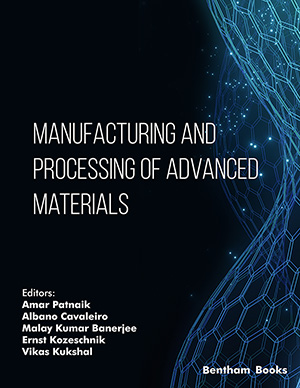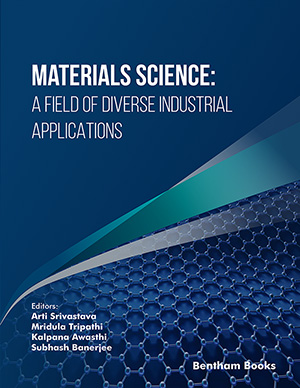Abstract
Electrochemical discharge machining (ECDM) process is an arising
unconventional machining process for the micromachining of non-conducting
materials. During the ECDM process, surface damages, machining continuity at higher
depths and hole over cut (HOC) are the main issues during drilling. Previous
researchers reported that gas film thickness, debris evacuation and electrolyte
replenishment are the prime reasons for the lack of surface quality and lower hole
depth. The present investigation has employed a magnetic field during the machining
process, and they found a positive effect on the above-mentioned issues. Lorentz force
was produced during the machining process, and created a circular motion of the
electrolyte around the tool electrode. This phenomenon helped to control the gas film
thickness, debris flushing, and electrolyte replenishment at the tool end. In the present
work, the authors used a 1300 Gauss Fe-based ceramic permeant ring magnet.
Magnetic field strength for both south and north poles was measured using a digital
Gauss meter. A high-speed image-capturing camera was used to understand the bubble
generation, gas film formation, and debris evacuation during the machining process.
The authors applied both north and south-pole magnetic fields for the investigation of
the machining process and compared the results with the conventional ECDM process.
Better results in surface quality, hole depth, and HOC were achieved with the south
pole magnetic field compared to the traditional ECDM process.
Keywords: Borosilicate glass, ECDM, Gas film, Lorentz force, Magneto hydrodynamic effect, NaOH.




















